The Planning Authority (PA) and the Environment and Resources Authority (ERA) have moved against Gozo Ministry works in Ramla Valley after a report in Lovin Malta four weeks ago revealed the destructive works that have radically departed from a detailed plan of works as previously agreed with the two authorities.
Yet a visit to the site yesterday found an excavator clearing out soil from the valley floor despite ERA telling Lovin Malta that it would “ascertain that the material deposited on the valley bed is removed in line with good environmental practices.”
ERA explained that the works had “resulted in the deposition of material on the valley bed and destruction of two protected trees”, and that the authority would also be “taking enforcement action with respect to the destroyed trees.”
The trees are understood to be chaste trees, which are rare in Malta and occur in Gozo mainly in four valleys, including Ramla Valley.
The Gozo Ministry got a development permit to restore rubble walls along the valley by using only light machinery and rubble stones and no cement. Instead, it moved in with heavy machinery – excavators, diggers, and cranes – and rebuilt thick walls using globigerina limestone blocks placed over concrete foundations.
These were then clad with roughly cut ‘rubble’ stones to give them the appearance of rubble walls, with cement filled in between the thick limestone wall and the cladding to anchor the ‘rubble’ stones. The major excavation and heavy machinery destroyed vegetation and left rubble strewn along the watercourse.
The PA confirmed to Lovin Malta that the works “deviated” from the approved development permit. A PA spokesperson said: “Discussions have initiated with Ministry officials and the architect in charge of works. It has been agreed that works are halted until there is an agreement with the PA and ERA on how these deviations are rectified.”
The project itself was launched with an onsite press visit a year ago by Gozo Minister Clint Camilleri and Parliamentary Secretary for EU Funds Stefan Zrinzo Azzopardi. Funding for the project is through €2.2 million of the European Agricultural Fund for Rural Development, an EU funding programme, topped by another €700,000 of national (Maltese) funds.
Camilleri had said that the project would “restore the rubble walls” and that it constituted “an investment that would improve the quality of the environment.”
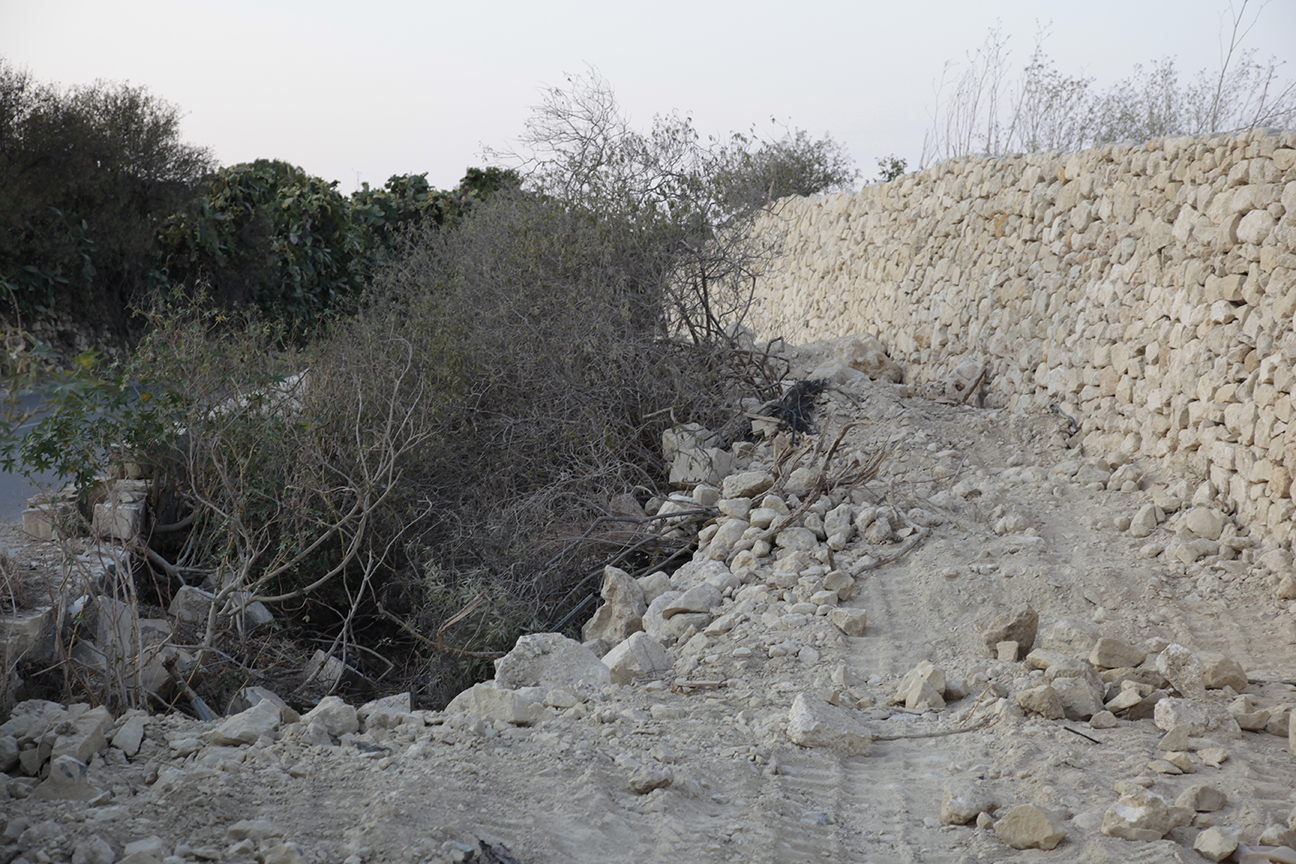
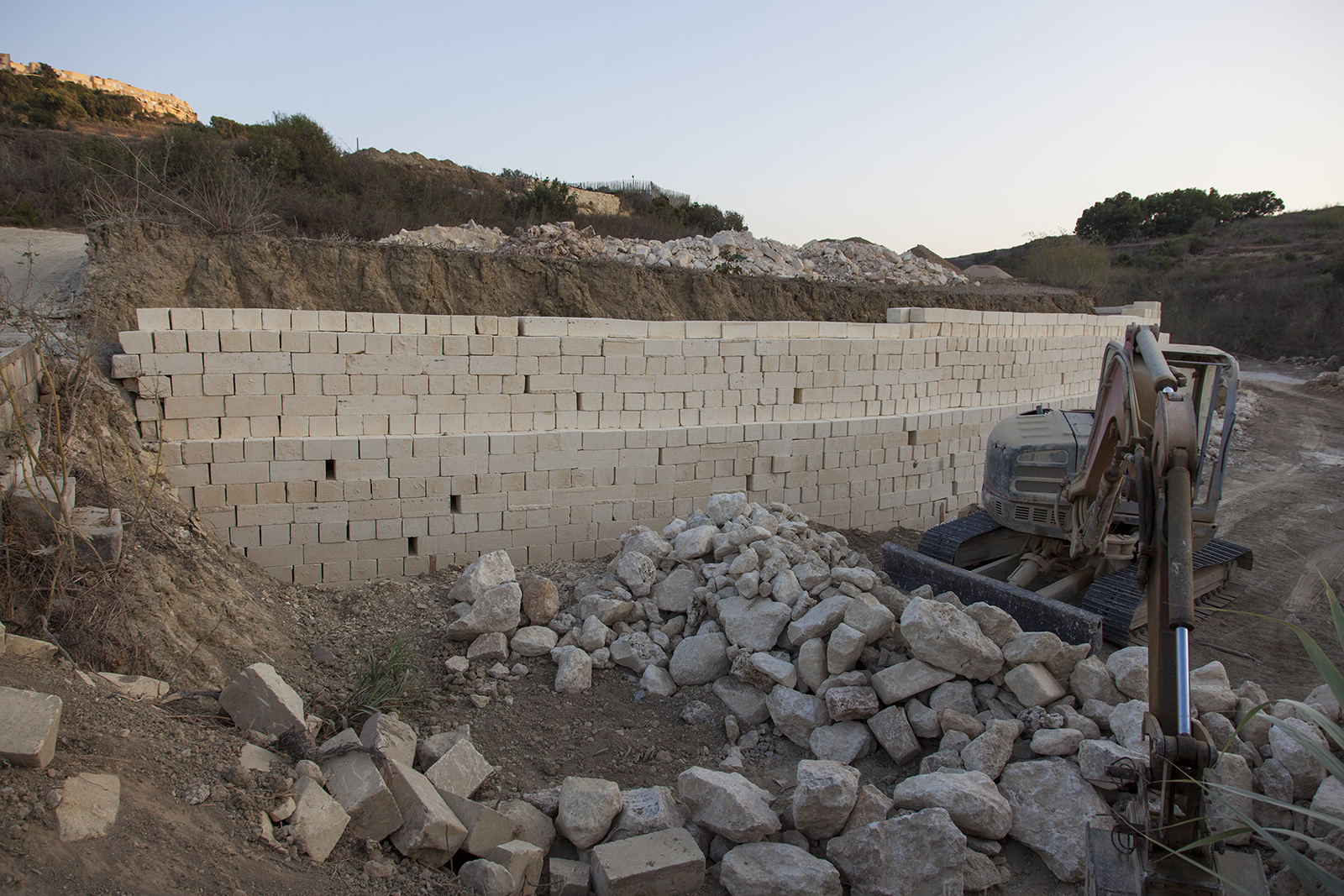
The EU funds were assigned on the basis that the project would fulfil priority area 4 of the EU rural development funds: “Restoring, Preserving and Enhancing Ecosystems.” Its sub-objectives are to protect and enhance biodiversity, improve water management, and tackle soil erosion and soil management.
The funds were assigned to the Eco-Gozo Directorate, which has been carrying out the project. Eco-Gozo was launched around 13 years ago under the Ministry for Gozo. Its objectives are to steer Gozo towards sustainable development and protect nature in Gozo.
Asked to comment on the project as executed which is undermining the ecosystem-enhancing objectives of the EU’s rural development funds, and whether the EU would take action over possible misuse of funds, a spokesperson for the EU Commission shifted responsibility onto the Maltese government. The spokesperson said that the issue “would have to be scrutinised and decided by the competent Maltese authorities, in the light of all relevant evidence and in accordance with the EU law and the applicable Rural Development Programme provisions.”
The spokesperson added that EU regulations task the “Managing Authority” of each country as “the responsible body for managing and implementing the measures provided for by the programme correctly.”
She added that the “Managing Authority is responsible as concerns the implementation and control of the projects.”
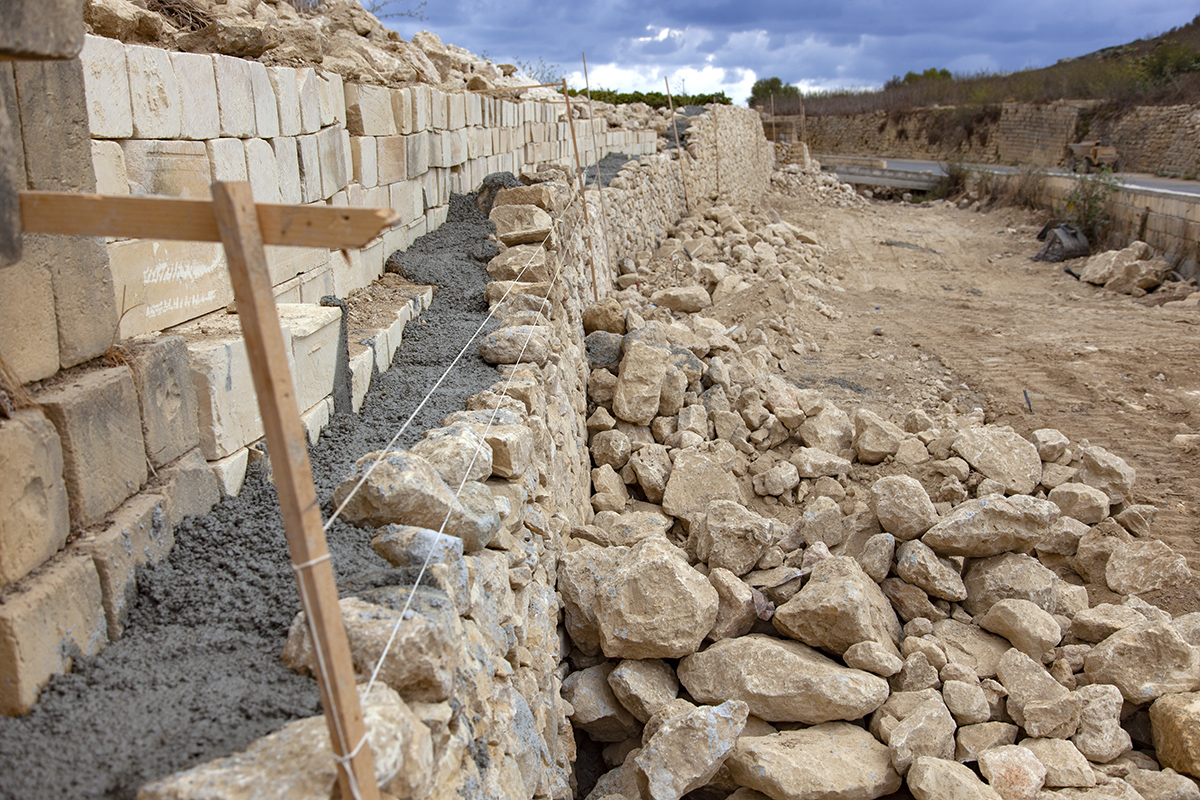
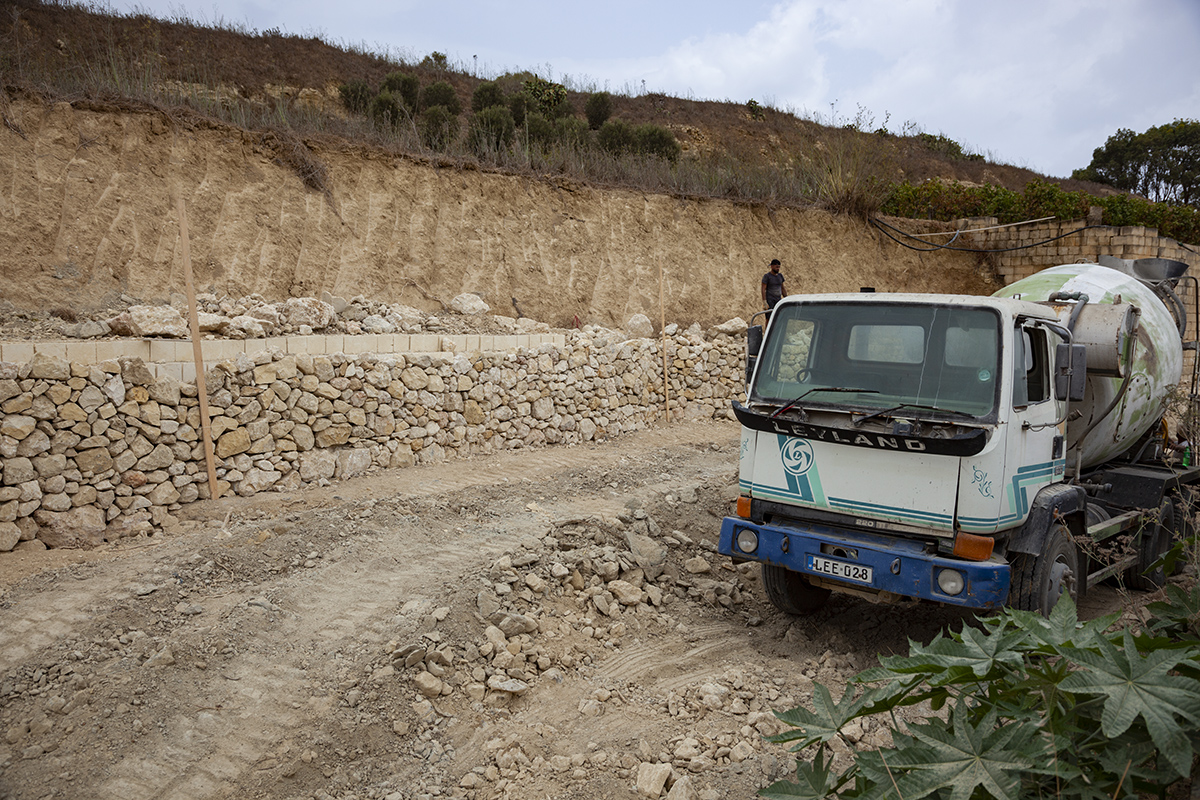
What do you think of the issue?

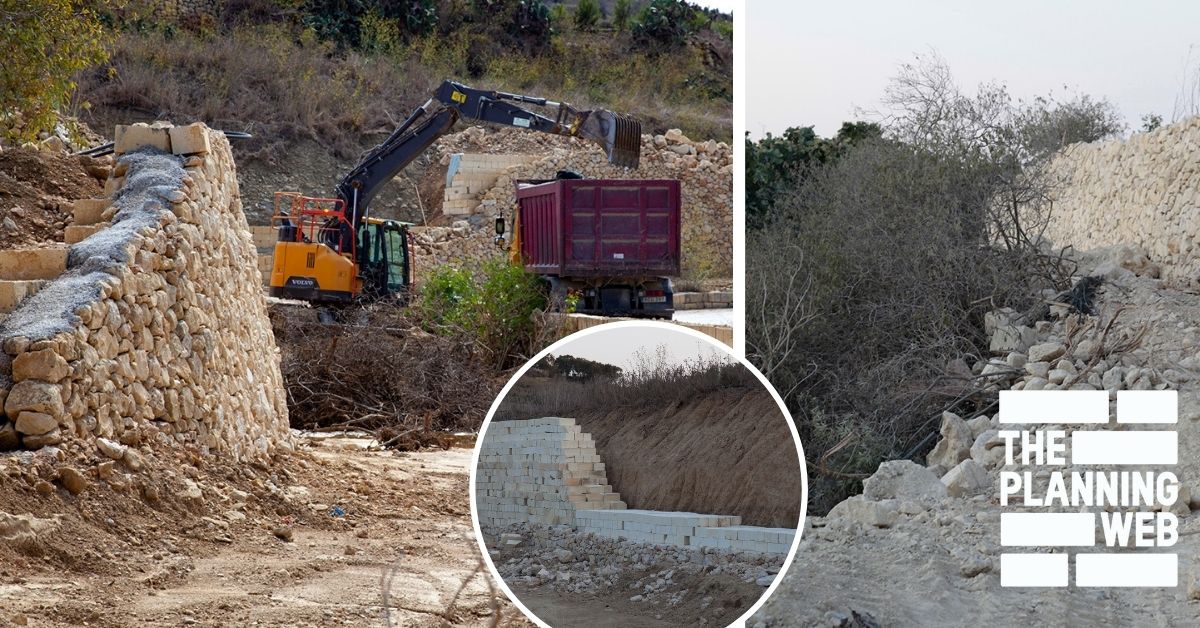
Recent Comments